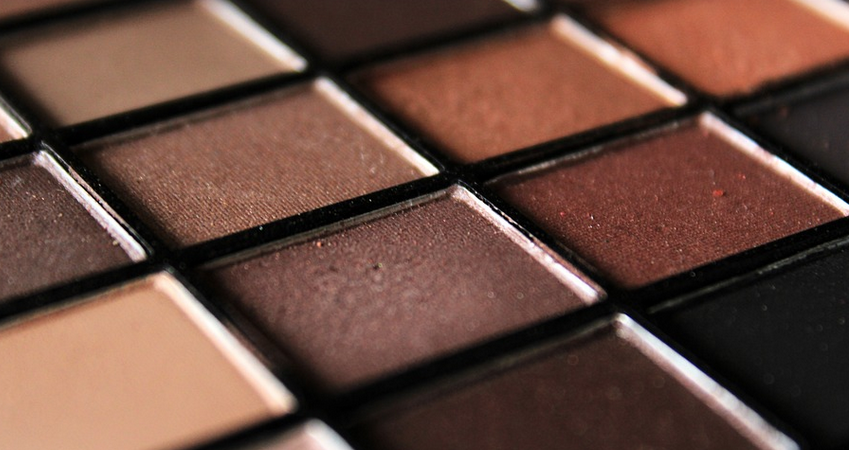The Curious Case of the Bunny Biter
Let’s face it, rabbits have a certain charm. Those fluffy tails, those big, curious eyes—it’s easy to fall in love with these adorable creatures. But when they turn their attention to your lawn, things can take a serious turn for the worse. So, let’s delve into this age-old question: Are rabbits actually bad for your lawn?
The Short Answer? It’s Complicated.
There are no easy answers when it comes to the relationship between rabbits and lawn care. While they might not be the most obvious culprits behind a patchy lawn, their impact can definitely be felt. To understand why, we need to look at both sides of this equation.
The Fluffy Menace
Rabbits are herbivores, meaning they love munching on plants. And what’s more tempting than a healthy patch of grass? A single rabbit munching on your lawn can quickly make its mark. Their teeth are designed for tearing, and their diet is primarily composed of grasses and woody plants.
The damage starts small—a few nibbles here and there, perhaps a swathe of eaten foliage in the corner. But as rabbits grow bolder, that lawn slowly begins to resemble a rabbit’s playground. Their appetites can be insatiable, especially when it comes to high-yielding crops.
This damage goes beyond just aesthetic appeal. It disrupts the natural balance of your lawn, favoring plants that rabbits love and weakening others.
Think about it this way: a rabbit’s presence changes your entire ecosystem. Their burrowing habits can also disrupt the soil structure, leading to compacted earth that impacts plant growth.
The Fuzzy Defender
Now, before you start picturing these furry creatures as lawn-wrecking villains, consider their side of the story. Rabbits are crucial for maintaining biodiversity in many ecosystems.
They play a vital role in food chains, and populations can be essential for keeping other animal populations in check.
Their grazing habits actually help control weed growth and create a more diverse ecosystem by encouraging the growth of certain species that can withstand their nibbling habits
However, their impact on your specific lawn is where things become complicated. While they are not inherently “bad,” it’s often tied to their food source and how readily available it is.
Finding the Balance
Ultimately, whether rabbits are “good” or “bad” for your lawn depends entirely on your perspective and what you value most about your outdoor space. Do you prioritize a pristine lawn at all costs? Or are you more interested in maintaining a healthy ecosystem?
If you’re struggling with excessive rabbit damage, there are several steps you can take to manage the situation.
Firstly, consider attracting natural predators—eagles, owls, foxes—to your property. These birds of prey can help keep rabbits in check by hunting them down.
Secondly, create a barrier around your lawn. This could involve using fencing, netting, or even simply planting dense shrubs and trees that rabbits find difficult to navigate.
Thirdly, consider creating an alternative food source for the rabbits. This might mean planting a patch of clover or other rabbit-friendly plants in a separate area.
And lastly, remember to be patient. Rabbits are intelligent creatures and they can adapt to their environment. Give them some time, observe their habits, and you’ll likely find the right balance for your lawn!
Ultimately, rabbits might be a source of frustration for those who cherish a picture-perfect lawn. But remember, they are a part of our ecosystem too. By learning to coexist with these delightful creatures, we can navigate this complex relationship and maintain a healthy balance in our outdoor spaces.
